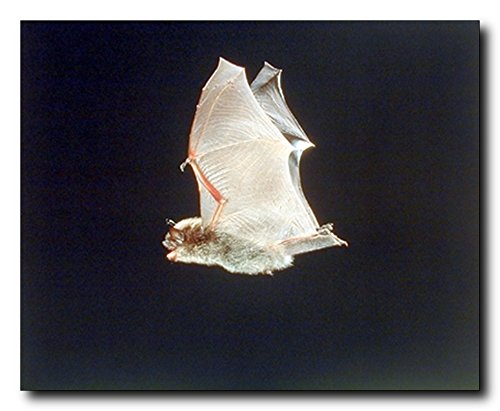Bad weather is on its way -- ferocious storms of rain and maybe snow. I see it clearly in the night sky: that ring around the moon -- a sure sign.
The brighter the stars, of course, the better the weather, but when a cat begins to wash its face a storm is coming fast. And when smoke drops in a chimney, rain soon follows.
Before there was a Weather Channel or weather reports on the radio or even a National Weather Service, folks in the country relied on the sights and sounds around them for weather forecasting. They noticed the color of the sky, the direction of the wind, the shapes and movements of clouds and their combined influence on the next day's weather. They also noted how often animal or plant behavior corresponds to the meteorology around them.
Cows always come home before a storm, for instance. And if you see them playing in the pasture, it's a sure sign of rain.
But when there is dew on Grass Spider webs in the morning, it will be a beautiful day.
According to some folks in the Ozarks of Missouri, the shape of the tiny seedling inside a persimmon can predict the severity of the coming winter. A spoon shape on the seed indicates above average snowfall, a knife shape signals colder than normal temperatures and a fork shape means warmer than average temperatures.
"Those people back then were close observers," says folklorist Hubert Davis. "They didn't have televisions and newspapers to tell them the weather. Instead, they watched the animals and plants and remembered what they learned with weather superstitions."
Davis collected and wrote about weather folklore for a quarter century. In 1970 he discovered 3,600 pages of folklore material gathered by ten Work Projects Administration writers gathering dust in a University of Virginia library. In those pages he read stories that took him back to his childhood.
"I happen to be a mountaineer from southwest Virginia," Davis said. "Those people all believed in these weather superstitions and I heard them repeated over and over."
There's this superstition about pigs, for instance:
"When pigs carry sticks the clouds will play tricks; but when they're in the mud there's no fear of flood. When hogs squeal, romp and play, expect snow by end of day."
And there's these sayings about roosters:
"When the cock crows at the break of day, everybody knows good weather on the way.”
"If the cock crows on going to bed, he's sure to rise with a wet head."
Many of the superstitions have some scientific basis to them, Davis maintains. Animals respond to changes in atmospheric pressure and humidity which we tend to ignore.
"It's like a lot of the old medical treatments that used herbs and things. We've come to find out that many of those herbs have the same ingredients as aspirin and other drugs," he explains.
Davis' booklets, titled “What Will the Weather Be?," contain dozens of intriguing superstitions. I find myself convinced the coming winter, hereabouts at least, will be a mild one. It's the spiders and corn, you see.
"Lots of spiders in the fall mean a long, tough winter." The number I've seen indoors so far I can count on one hand.
"When the corn husks are thick 'tis very clear, the winter will be long and the weather severe." Ours were particularly thin.
The weather on Veteran's Day, though, is the real test. "When November eleventh is very cold a short mild winter is foretold.”


